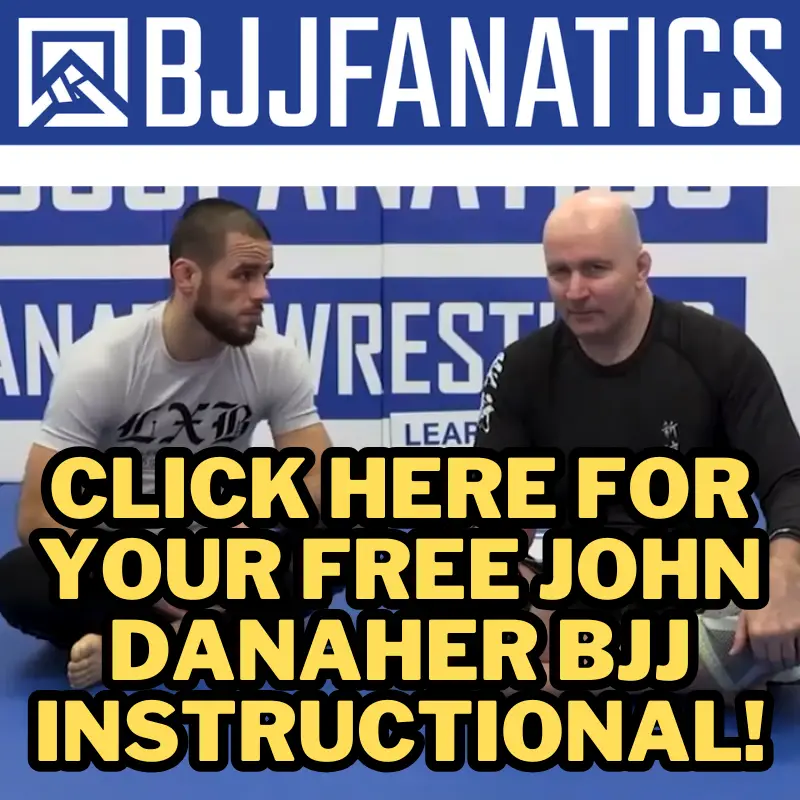Being an effective cornerman is one of the most difficult tasks that a BJJ coach has, but Greg Souders has an approach that might simplify that process. Souders is best-known for the way he sets out his training, using what he calls the constraints-led approach and removing static drilling. This has been one of the more controversial topics in the Jiu-Jitsu world in recent years and Souders has faced pushback from many top competitors. Despite that, several competitors training under Souders have found success at the highest levels and anyone listening closely will have heard him guiding them to success from the sidelines.
When Souders explained how he managed to be such a good cornerman, he started out with one core principle first:
“You have to know your athletes. You have to know which ones want you to talk to them and which do not because it’s really not about me the coach, it’s about the athlete having the experience. So in that stress, in that urgency, what do they need from me? So that’s the first thing.”
Obviously if a competitor doesn’t actually want an active cornerman during a match then giving them exactly that is the right way forward. Greg Souders then explained that if they do want an active cornerman, there are a few different things that a competitor might need:
“So if they do want me to speak to them, what do they want me to talk to them about? Are they concerned with time, are they concerned with points, or do they actually want me to enhance their focus by telling them what I see relative to what I know they’re capable of and what the situation is calling for?”
Letting a competitor know the time or points scored in a match is a relatively easy task, but it’s the explicit direction that some coaches struggle to get across to them. Souders also explained how he makes sure that his advice is heard and understood in these situations:
“Within that, there’s certain rules that I follow. So one is I’m never going to use a word, term, or directive that’s not also shared in the training environment. So anything I would say in a performance environment like a competition will be the same that I’m going to be saying in the training room. The second thing really is conditioning an effect. So when I talk, I’m talking external to the athlete. I’m trying to get them to focus on the effect they’re having on their partner, external to themself. Like ‘clear the feet’, like ‘lift their heel’, like ‘hold them down’… Things that they can see and are experiencing currently along with me.”
The full interview with Greg Souders where he explains his approach to being an effective cornerman is now available to watch on the official JitsMagazine YouTube channel, click here to subscribe for more or check out the interview below:











